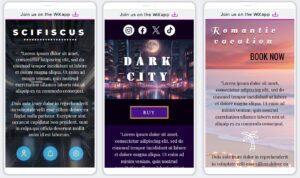
Is Wix Suitable as a UI Design Tool?
I work as an information and communication technology specialist at FrostBit Software Laboratory, where I have had the opportunity to design and implement various applications

I work as an information and communication technology specialist at FrostBit Software Laboratory, where I have had the opportunity to design and implement various applications
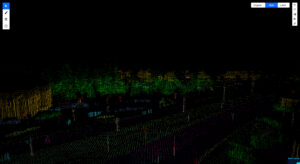
Imagine driving in foggy weather and seeing a figure on the side of the road. Is it a person, a traffic sign, or just a

Since 2021, when Epic Games, the developer of the Unreal Engine, released the MetaHuman tool for creating realistic human models, FrostBit software lab has been

In the autumn of 2022, thousands of berry images were stored among the large image metadata, the machine learning model was finalized and the final
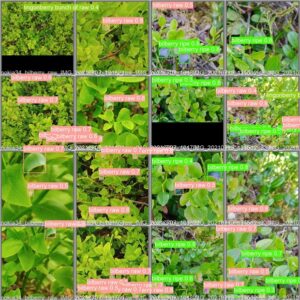
BerryMachine is a project funded by Interreg Nord, the partners being Lapland University of Applied Sciences, Natural Resources Institute Finland (LUKE) and NIBIO (Norway). The purpose
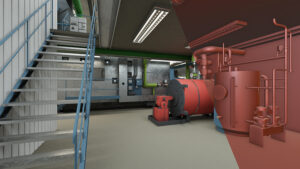
DUKE is a collaboration project between Lapland University of Applied Sciences (Lapland UAS) and Rovaniemi Municipal Federation of Education (REDU). The idea of DUKE is
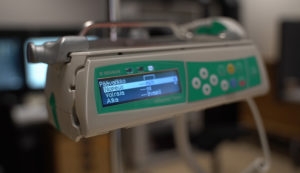
Advances in technology have made it possible to create more advanced games for educational purposes. It is no longer just “point and click” style computer
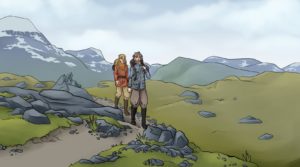
If a game, game-like learning environment or any other software using game technologies is based on real events, the relationship between realism and playability has
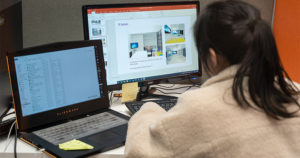
Besides being an intern in the FrostBit Software Lab, I am also a PHD student major in service design in the University of Lapland. I
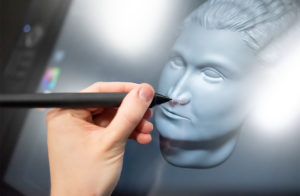
We already have about 40 employees working in the lab, as well as, of course, our trainees, exchange students and students working on their thesis.